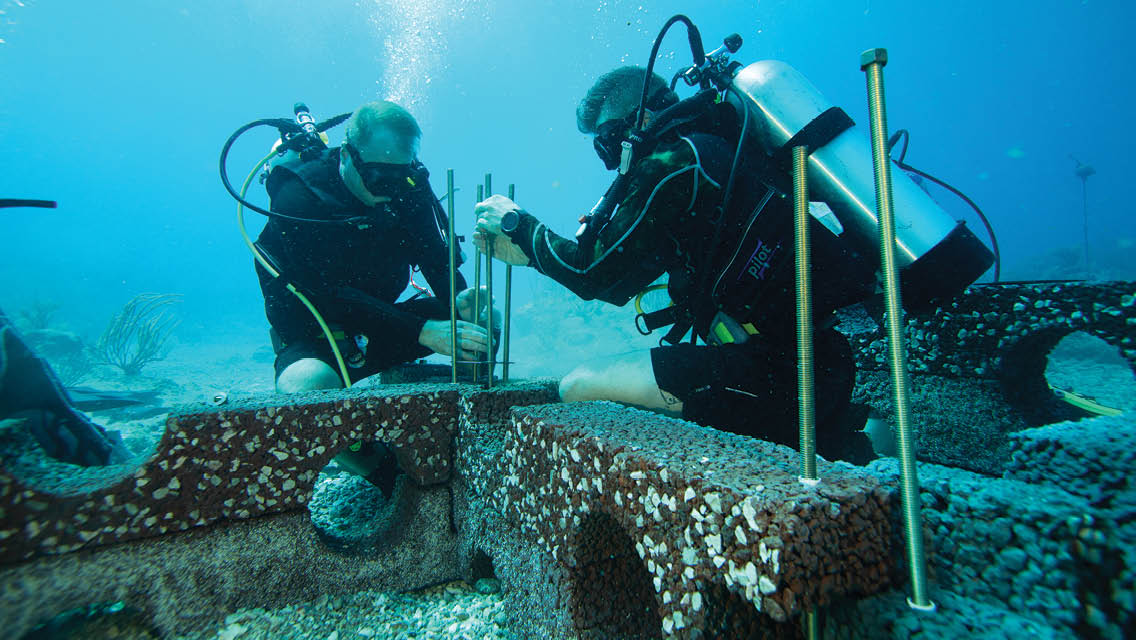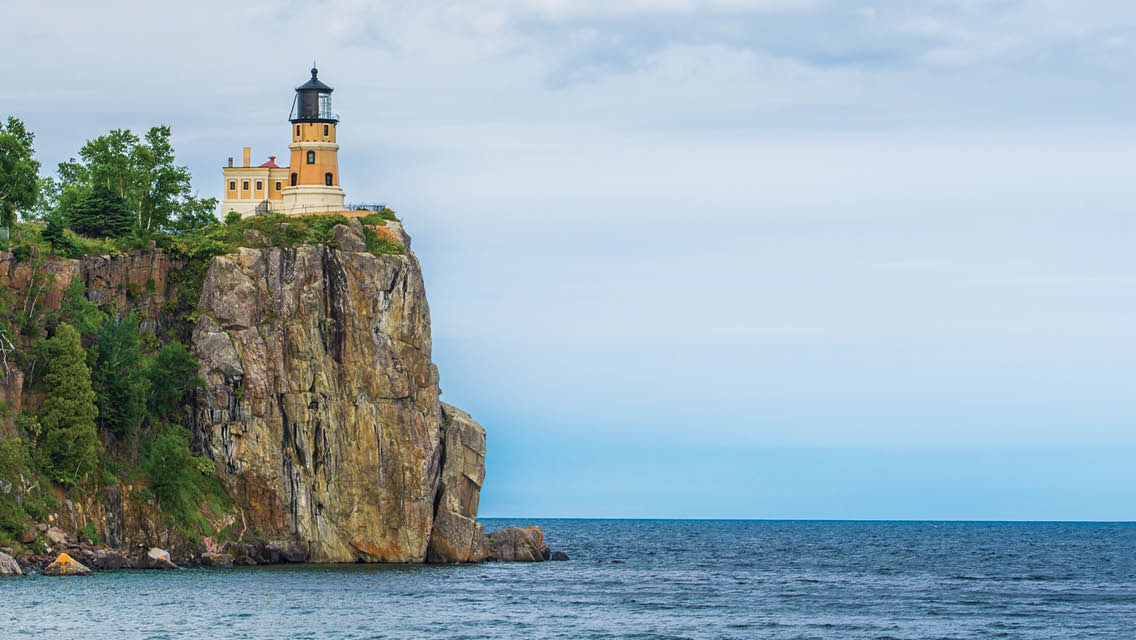Warmer oceans are killing coral reefs. The UN has reported that 70 percent of the world’s reefs are under threat, with 24 percent at imminent risk of collapse and 20 percent now damaged beyond repair.
“There’s not enough biodiversity left,” says Melody Brenna of the Utah-based Reef Life Foundation. “We might have a decade, if we’re lucky, to save what’s remaining.”
Her organization is committed to the effort. That’s because coral reefs aren’t just pretty locales for divers; they play a significant role in protecting ocean health. A quarter of the world’s marine species are dependent on coral reefs at some point in their lifetimes, and coral reefs protect coastlines from erosion.
People have tried to rebuild reefs by stacking old tires, concrete blocks, and steel pipes alongside them, Brenna notes. It’s unclear whether these artificial reefs will support coral and multispecies growth over time, but they carry the risk of introducing more toxins into the water. Concrete, for instance, is alkaline, and can burn fish scales. Solving one problem creates another.
In 2006, researchers and activists seeking a better method approached Brenna, who had studied structures built with natural minerals that mimic the ocean floor. Coral is a tiny marine animal, and coral structures are made of thousands of tiny coral polyps that attach themselves to rocks or other hard, submerged surfaces.
Brenna’s mineral mixtures, called Oceanite, feature compositions similar to the surfaces to which coral usually attaches. Together the groups began developing a product called IntelliReefs. They were placed in three ocean beds off Sint Maarten in the Caribbean, where they were an instant hit.
“The next day, we had divers taking photos of goatfish napping in these reefs,” she recalls. “The divers had never seen this happen so fast. Then, coral started to grow, and you’ve got a family of octopi living in the middle. That’s when we thought, Maybe we’ve got a shot in this race against time.”
IntelliReefs are now being tested in other locations. A site in Canada is helping to rebuild kelp forests along the Eastern Shore. This not only protects coastline but restores sea life.
The UN and UNESCO recently endorsed IntelliReefs, which may help encourage government investment in reef rebuilding. These efforts would support tourism in coastal communities as well as support marine plant and animal species. “We simply can’t lose the ocean,” Brenna says. “We don’t have a minute to waste.”
Learn more about the Reef Life Foundation at reeflifefoundation.org.
This was excerpted from “Climate Champions” which was published in the April 2022 issue of Experience Life magazine.





This Post Has One Comment
Thank you Elizabeth for your beautiful work exploring the oceans and coral reefs with @reeflife911 @reeflifefoundation
Many inland people are not as aware of how every person, fish, or plant is helped by a clean and healthy ocean!
We are grateful for your elegance in writing and opening the blue below for your readers!
with Gratitude– The @intellireefs #ocean #science teams for Reef Life Foundation– recently endorsed by the UN/UNESCO for this project in Sint Maarten, highlighted by your story! https://www.intellireefs.com/post/october-2021-intellireefs-endorsed-for-the-un-decade-of-ocean-science